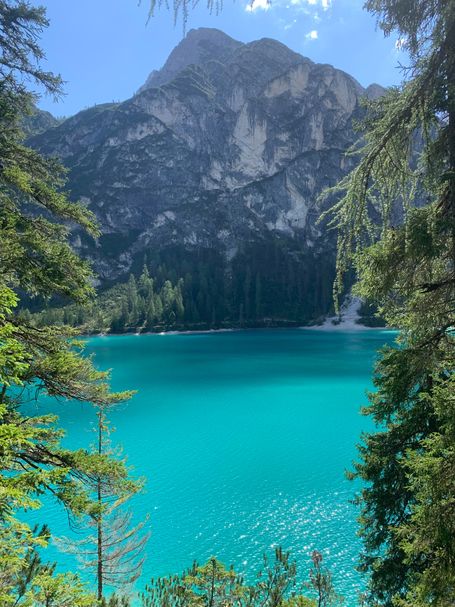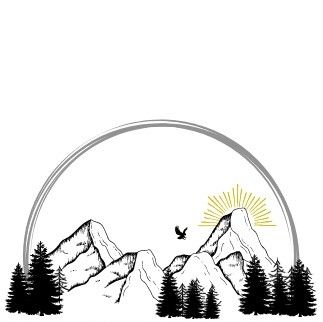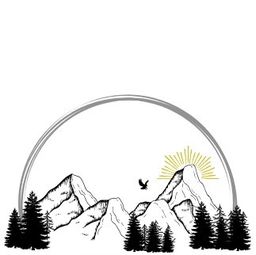Songs of Place
Overview
The songs on this album come from places, natural spaces that have a rich and enduring bio-diversity and cultural history. Connecting with these places has been a joy in my life and performing these songs, mostly on the Native American flute, is a generative, creative act that simultaneously involves direct experience, vulnerability and openness, and deep listening. When I sit in a place, quietly observing with all my senses, a creative energy moves through me that is quite trans-rational–beyond, yet not excluding rationality. Songs “come to me,” not through a thought process or deliberate intention, yet through deeply listening to a place, deeply listening in a place.
I don’t actively try to create or generate songs, they come to me when visiting and learning in special places. All places don’t inspire in the same way. By sitting still, deeply listening, and then simply guiding breath through the instrument, I “download” the songs, connected to the natural world, to people, and to me in a given moment in time. In this sense, songs are co-created through a connective relationship through place, instrument, trans-rational inner landscapes, and breath.
In truth, most place inspired songs come to me spontaneously, in the moment, are offered up, and then are gone, never to be heard again. The 12 songs in this Songs of Place album are ones that have either stuck, or were created in the moment in the recording studio when thinking about special places.
Learning in places and deeply connecting to places is a lifelong quest. In a critical pedagogy of place, Gruenwald (2003) conveys an approach to learning and teaching premised on re-inhabitation, understood as connecting with the material spaces and places that encourage wellness. Gruenwald’s (2003) second element of critical pedagogy of place is the practice of decolonization, understood here as identifying ways to heal and live in harmony with people and places. In specific, the aims of a critical pedagogy of place are to:
(1) Identify, recover, and create material spaces and places that teach us how to live well in our total environments (re-inhabitation) and
(2) Identify and change ways of thinking that injure and exploit other people and places (decolonization) (Gruenewald 2003, 9).
I gather much beauty in these concepts re-inhabitation and decolonization. As an educator, they have driven the creation of many deep learning experiences for university faculty, my students, and myself over the past decade or so. Creating music in places is an act of honoring in the moment and an act of remembering for the future. Places, all these places on this album, have stories. Stories construct our world, our realities. In essence, these songs are stories of places, not told with words, yet with rhythmic patterns, breath, a variety of woods that come from tree-based instruments once connected with land in the most intimate of ways–soil, roots, water, nutrients, rock, sun, sky, and air.
Through the Native American flutes, Australian Aboriginal didgeridoos, and percussive instruments used in this album, these songs carry emotional nuance and timbre and are an invitation to simultaneously dream, remember, and inspire you, the listener, to connect with places in creative, powerful ways that provide depth, remembrance, meaning, healing, and hope.
Critical Reflections on Cultural Appropriation
Cultural appropriation, according to Michelle Lorna Nahanee, is “...rooted in the domination and exploitation of one culture over another. There are levels of benefit to analyze, too. For example, it is culturally appropriative for a non-Indigenous person to build a business using Indigenous knowledge, artwork or music” (p. 7). As a Euro-American, I am not trying to build a business with this album. I’m trying to share a talent and spark creativity in and connection for others. I’ve wrestled with how to honor Native American people given most songs are performed on the Native American flute in this album.
I’ve landed on offering songs for free to listeners and recommending donations from downloading the album to a Native American non-profit organization, the Coalition to Stop Violence against Native Women. https://www.csvanw.org/donate/. I recommend a $12 or more donation to this organization for the whole album download, yet will leave the amount up to individuals to decide how much they can and want to give. I don’t intend to financially benefit from the music offered in this Songs of Place album.
I am a white male born and raised in Northeastern Wisconsin. My ancestors on my mother’s and father’s sides are from Germany, the Netherlands, Norway, Sweden, and Russia. They traveled to the United states in the 1850s and 1860 and benefited from settler-colonization, genocide of Indigenous people, and the related legal and economic system built to dissect land and offer it to white male property owners.
As part of my own white racial identity development I dedicated my formal university studies to learning more about the history, culture, and community forces that impacted Native American communities in Wisconsin and the Southwest region of the United States. In 1996, I was the only white member of American Indians Reaching for Opportunity (AIRO) as a student at the University of Wisconsin-Stevens Point where we volunteered working with local Native American kids to learn their traditional Hochunk language and culture from elders.
I also student-taught in the Navajo Nation for 5 months (1997) and then supervised other, mostly white Euro-American as well, student teachers in Navajo Nation schools for 3 years during graduate school (2000-2003). I supervised a course focused on cultural and community forces that impact Navajo Nation schools and invited culturally responsive and relevant ways of engaging Navajo youth in a decolonizing approach to learning.
Several of my family members (by marriage) have Native American ancestry and culturally identify as such. In truth, I have thought long and hard (well over 15 years) about the album and the contradictions and problems of a white man recording an album on the Native American flute. I have tried to be open and honest about my privilege and the problems of white people appropriating Native American images, art, and music in my work as an educator.
I am not Native American. Yet I play and have performed Native American flutes. I first encountered the Native American flute while attending a Native American (Oneida) Powwow in Oneida, in northeastern Wisconsin. I was 15 years old and bought a cheap willow flute from a vendor at the powwow. Since then, I have been inspired by the music of several Native American artists, in specific : R. Carlos Nakai, Frank Montano, Fernando Celicion, Kevin Locke, and Bill Miller. Check out their work and buy their CDs. That is the best way you can honor these Indigenous artists, their traditions, and the music.
Dedication
I dedicate this album to my three boys: Noah, Ian, and Estes. May you embrace the diversity of your multicultural and multi-place heritage. May you embrace the hard work, resiliency, and courage of all of your ancestors. May you find great joy through creativity and connecting with nature.
Acknowledgements
I want to personally thank Zach Williams, Raven King, and Andrew Strack of the Media Production Services Department in James Madison University Libraries. Your help, support, and guidance on this project was crucial. Deep gratitude. I would also like to thank Clark Moots for his work on this website. Let’s keep the dreams alive.
References
Gruenewald, D. A. 2003. “The Best of Both Worlds: A Critical Pedagogy of Place.” Educational Researcher 32 (4): 3–12.
Nahanee Lorna, Michelle Decolonize First: A liberating guide and workbook for peeling back the layers of neocolonialism by Michelle Lorna Nahanee. Printed in Salish Territory in Canada.
Songs of Place
Individual Song Tracks
Click on desired song's button to play..
or download the entire album by scrolling to the button at the bottom of this page.
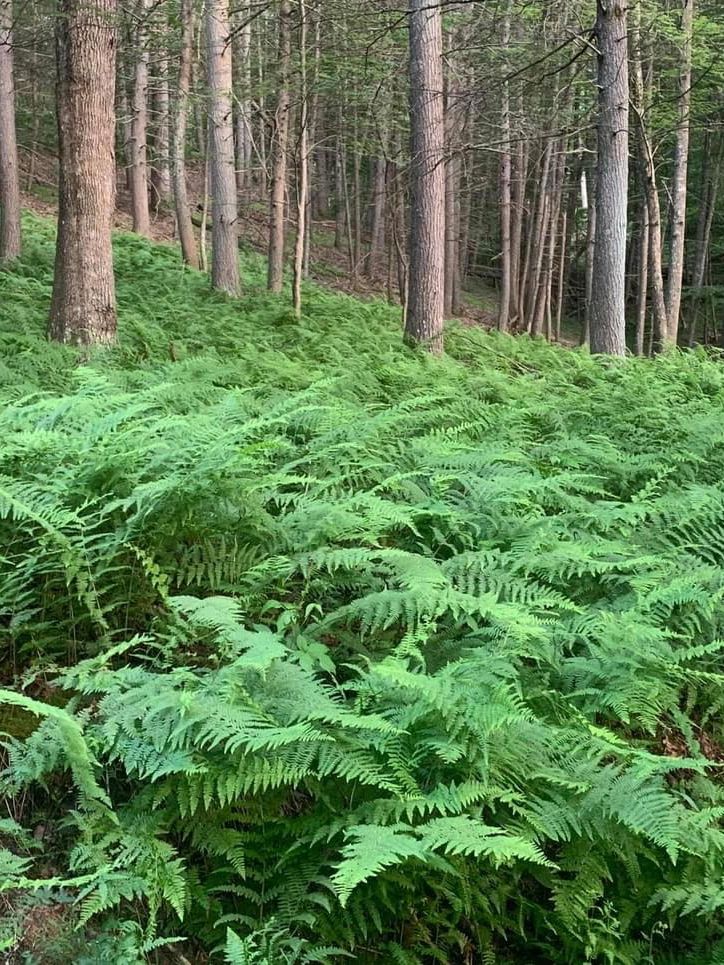
1. Blooming (Bloomington, Indiana, U.S.A. circa 2004 )
This song came to me in Bloomington, Indiana, U.S.A. circa 2005. Bloomington is a little gem of a town, nestled in South Central Indiana surrounded by beautiful forests and natural ridges. It’s where I obtained both a master's degree and Ph. D from Indiana University. A lot of things came together for me in Bloomington, Indiana, including starting a family with my life partner, Noorie Kelsy Brantmeier. Our family of fur babies (dogs and cats) and our first human baby all began in Bloomington.
In the process of getting a “higher” education, I supplemented my “formal education”at Indiana University with meditation, yoga, and peace activism in the community. I have fond memories of meditating with several of my professors on a weekly basis and also of attending the Zen Center of Bloomington for 5 years while learning from amazing teachers like Carol Shapiro.
Blooming is a song of hope, future unfolding, and discipline. Blooming represents creative seed potential, latent energy waiting to be nurtured and unfurled, much like a fern unfurls in the spring. I have carried this song for over 17 years and often share it as a blessing song and offering when I give guest talks at universities and elsewhere.
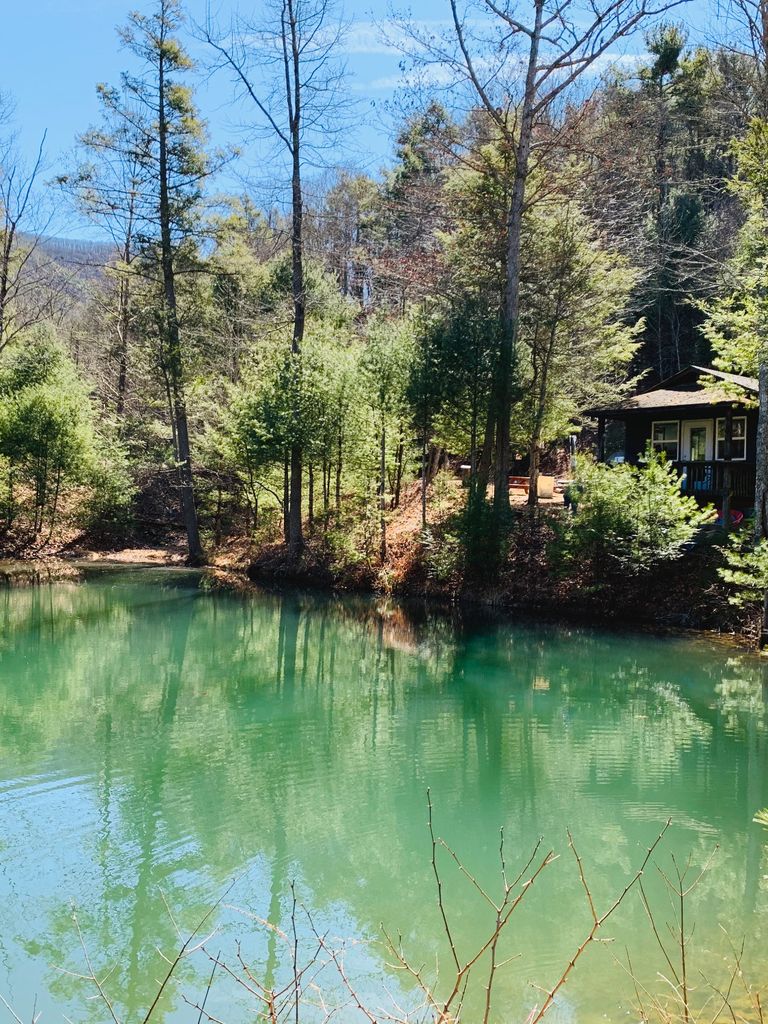
2. MountainTop (Sugar Grove, West Virginia, U.S.A. 2017)
MountainTop Retreat resides in the gorgeous mixed conifer and deciduous forests of the Appalachian Mountains of ‘wild and wonderful’ West Virginia. Our family bought a biologically diverse 32 acre piece of land near Sugar Grove in 2017. Since then we have renovated a cabin and added others in an ongoing effort to create space for people to connect with themselves and others and the natural world–a retreat center.
Two small ponds form the water catchment system for Shaw Mountain Ridge, which is then surrounded by thousands of acres of the George Washington National Forest as an eastern backdrop. The ponds collect water that flows off the mountain, and then it flows via a waterfall into the South Branch of the Potomac River that runs through the length of our property. MountainTop Retreat has a gorgeous hemlock forest ecosystem, multiple white oak, sugar maple, black birch, cedar, and sycamore trees and an abundance of spring green hay scented ferns.
Two mountains with small plateaus frame the property, aptly named MountainTop 1 and 2. Our children have learned important life lessons of connection, care, and where their food comes from via many visits to this special place in nature. They have learned to appreciate and embrace some of the traditional lifeways of their German–American and Native American ancestors, namely– fishing, foraging for mushrooms and berries, and hunting wild game.
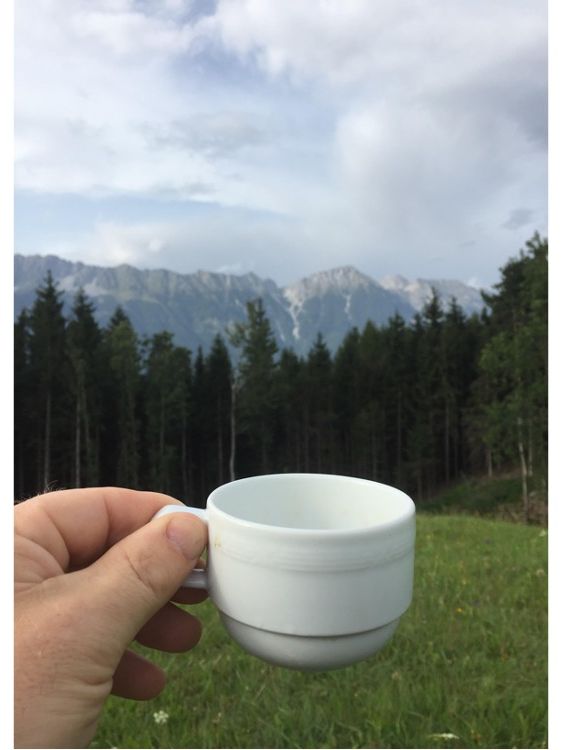
3. Innsbruck (Innsbruck, Austria, 2019)
The Inns River runs through this alpine mountain valley in the Austrian Alps. The University of Innsbruck, Austria has a UNESCO masters program in Peace Studies where I am a visiting lecturer from time to time. The alpine views from the Grillhoff Retreat Center above Innsbruck are awe-inspiring and it indeed is a potent place for transformative learning.
Students from all around the world (Pakistan, Ukraine, Ethiopia, Colombia, Korea, etc..) come to study in this world class peace studies program, which includes intensive alpine rescue and hostage situational response training with the Austrian Army. I teach my dream course, Contemplative Leadership for Sustainable Peace there, connecting students with their inner sustainable energy, their core values, career aspirations, and the particularities of the communities they inhabit.
We explore our learning community and the communities of their places of origin–specifically how certain leaders and organizations advance social equity, healthy ecosystems, and sustainable economies. We explore through a variety of contemplative practices: mindfulness meditation; creative movement and dance; forest bathing; reflective writing; compassionate listening; experiential learning; community engagement, and internet inquiry. We go to the local Austrian forest to observe what lessons nature has to offer us about leadership and community. We breathe in the mountains to restore energy and envision a world with less war and violence.
The Inns River, fed by mountain springs and rainwater, is so cold it can enliven one to an explosion of senses in the present moment and yet it can also numb the body in dangerous ways–if not careful. I’ve carried this song for 4 years.
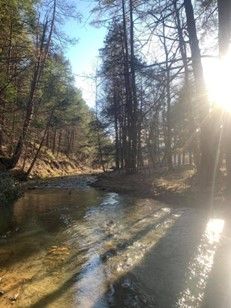
4. Two Rivers (circa 2005)
Two Rivers is performed on a Native American double flute; one flute that has two chambers. One chamber holds a constant note, while the other has key holes just like a normal single chamber flute. When playing this song, I sometimes imagine two rivers merging together and then going their separate ways.
There is a wonderful little town named Two Rivers on the shore of Lake Michigan in Wisconsin, close enough to where I grew up and where I got my first teaching job, yet there is really no place- connection for this song. I have been carrying this song for over 17 years.
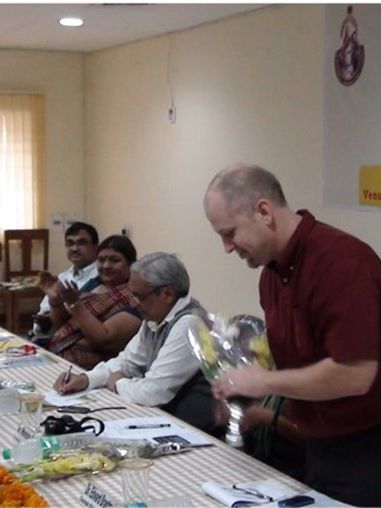
5. Bharat Matha (2022)
Bharat matha translates to English as “Mother India.” India is a wonderfully diverse country, rich with sounds, smells, textures, people, languages, and culture. India is the cultural cradle of multiple world religious and spiritual traditions. India has touched me personally and professionally on many levels.
I traveled to India as a backpacker in 1997, as an experiential education co-leader in 2000, as a graduate student in 2004, and as a Fulbright-Nehru Scholar of Peace Studies in 2009 at the Malaviya Centre for Peace Research at Banaras Hindu University (BHU) in Varanasi.
In 2009 we (Noorie and I) brought our young family with us to India. Our son Noah Edward went to Nirmal School in Varanasi, a decolonial bilingual Hindi-English school. Our son Ian William learned to walk in India; he took his first steps at the Malaviya Centre for Peace Research at BHU in Kashi.
This song is an improvisational tribute song to Bharat Matha, Mother India; Namaste and Dhanyavad for all you have taught me over the years.
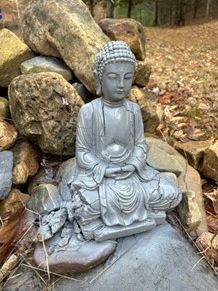
6. Dharamshala (India, 1997)
This song came to me in Dharamshala, India, in 1997. My friend Ha Tran and I were attending a special public ceremony for His Holiness the Dalai Lama in the outdoor stadium of the Tibetan Children’s Village. I was the only white person I could see in the crowd.
I noticed many Tibetan children marching into the stadium to perform a choreographed dance in honor of His Holiness the Dalai Lama. Their synchronized movements were like poetry in motion. I noticed that they could have been taught traditional creative arts, or martial arts and the art of warfare that so many youth and young adults are taught in standing armies around the world.
Yet under the Dalai Lama's leadership, these children were taught compassion and peace in response to the Chinese 1949 invasion and subsequent occupation of Tibet. The power of compassion and nonviolence when observing choreographed dance rather than military exercises became ever clear to me.
After some of the orphan children of the Tibetan Children’s Village performed, several Tibetan women came into the center of the stadium and sang songs in the presence of the Dalai Lama. I was deeply moved by the beauty, joy, sadness, and hope that seemed to co-mingle in this rich vocal music.
After this truly breathtaking event, I went back to my hotel room down the mountain in Mcleod Ganj and took out the Native American flute that I was traveling with. So began this song, Dharamshala, that came to me when I remember the Tibetan womens’ songs in honor of the Dalai Lama. The song has been with me for 25 years.
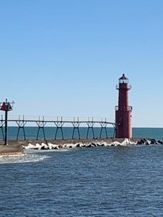
7. Manitowoc (Wisconsin, U.S.A. 1998)
Manitowoc is an Indigenous name of a small city on the shore of Lake Michigan in Wisconsin. Manitou, in Algonquian languages, translates to “spirit”. Manitowoc roughly translates to “home of the good spirit.” In Ojibwe, “Gitchi Manitou” means “Great Spirit”-- later in my life I would learn from Indigenous friends in Northern Wisconsin.
This song was recorded with fellow musician Mike Retzinger, who is a renowned speech and language therapist who specializes in speech fluency challenges. We co-created and then recorded this song entitled “Rhapsody in D Minor” on our RhythmSpace CD at Dave’s Recording Studio in Manitowoc, Wisconsin in 1999. Mike’s personal story and his professional work are an inspiration to me and many others who struggle with speech fluency.
My first language arts teaching job was at Manitowoc High School and Washington Middle School. I didn’t have enough money to buy a car at that point in my life, just out of college, so I rode my bike between the high school and middle school to teach. Almost daily, I would visit the shores of Lake Michigan, listen to the waves and watch the birds fly, just a few blocks away from my small apartment.
It was a lonely time, and a lot of creativity came from the loneliness. I wrote over 100 poems and we co-created the RhythmSpace CD, my first recorded album. Manitowoc is a melancholic song with glimpses of hope. I have carried the song that Mike and I co-created, for nearly 25 years.
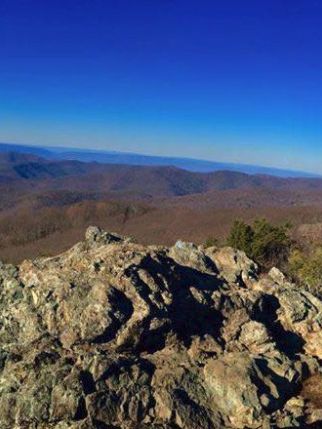
8. Shenandoah (Shenandoah Valley, Virginia 2011-2022)
Shenandoah is an improvisation song that comes from the place we currently live and have raised our children for the past 11 years. Many know of the Shenandoah Valley in relation to Shenandoah National Park and the Appalachian Trail that runs through it, a close 20 miles from our current home.
The Shenandoah Valley has a long and rich Indigenous history and history of settler-colonization. It was a cultural crossroads, the land of the Indigenous Siouan, Algonquian, and Haudenosaunee communities who lived there for many generations and who continue to be systematically erased by policies and practices that remove their histories.
It is also the home of settler-colonizers who comprise historic “peace” churches dedicated to nonviolence and justice: Mennonites, Brethren, and Quakers.
When we moved as a family here from Colorado in 2011, I was enamored by the Appalachian Mountains, open skies, and pastoral landscapes that surround this place where we have raised our children and have made our home. As time moves forward, this place is getting more widely “known,” with growing pains expressed in the tensions between modern development and wild and free nature. This is a song that is still in the making...
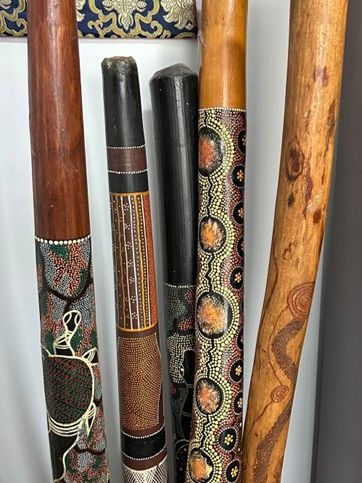
9. Alice Springs (Alice Springs, Australia, 2022)
Alice Springs, Australia, is the heart of the Red Centre–a special place in the north central Australian desert. Many traditional Australian Aboriginal territories are in and around Alice Springs. As a university student in 1994, I went to the South Pacific on a study abroad trip to Fiji, Australia, New Zealand, and the Cook Islands. I was driven by a desire to learn more about Australian Aboriginal history and specifically, various forms of rock art. During a university break, I traveled to Alice Springs to do so.
When in Alice, I met a variety of interesting people from Australia and around the world and saw first hand the realities of settler-colonization in Australia. Racial tensions were palpable in Alice Springs and I quickly compared the realities of Australian Aboriginal amid settler-colonization to that of Native Americans in the United States.
In Alice, a seed was planted in me to educate myself and advocate for Indigenous peoples amid settler-colonization. From Alice Springs, I went on a multi-day tour of the Red Centre with a group of foreigners. We traveled to a very popular tourist site and important Aboriginal cultural site, Uluru (Ayers Rock) and Kata Tjuta (the Olgas). I decided to protest the climbing of Uluru/Ayers Rock, something done by local tribes during rites of passage ceremonies.
As other groups of white tourists climbed to the top of Uluru/Ayers Rocks, I decided to protest, so I sat, cross-legged at the bottom where the trail begins with a sign that read, “Would you let Aboriginal people climb on your church?”
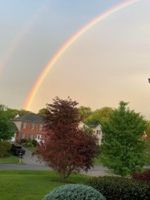
10. Rainbow (Rainbow Guesthouse, Ko Pha-Ngan, Thailand, 1997)
This song came to me at Rainbow Guesthouse, on the island of Ko Pha-Ngan, in southern Thailand, in 1997. This island is famous for full moon rave parties on the beach; it did not disappoint in that regard. Due to poor planning, we (friend Ha and me) had a difficult time finding housing and we ended up at the Rainbow Guest House at the back of beyond, near a little swampy area. We still had gorgeous beach access and delicious food to eat, yet were somewhat away from the main action of a little beach town nearby.
Rainbow is a happy song indeed. I did, however, contract dengue fever from a mosquito bite when staying at Rainbow Guesthouse, and became extremely/brutally ill for the weeks and months that followed. In fact, my illness ended travel plans to go with Ha to Vietnam to reunite with her family. It was a bittersweet and painful ending to that 1997 sojourn. Rainbow, though, is a happy song, born in and connected to that special place in Thailand. I have carried this song for over 25 years.
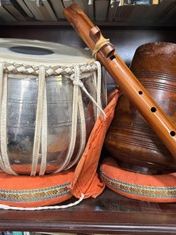
11. Rainbow Live in Bangalore (Banglore, India 2004)
As a graduate student in 2004, I engaged in a curriculum development project at Christel House India, Bangalore where we worked with children, their teachers, and administration to develop a culturally responsive curriculum. We co-created a school newspaper that shared family stories, a global story web that shared personal experiences, and other meaningful products with students and teachers. As part of that process a teacher invited me, other interns, and her professional Indian musician friends (tabla, sitar, and vocalist) to her flat for a night of music. I was in over my head in terms of the talent of Indian musicians whose names I don’t recall and never wrote down. I do know they have performed in the United States– in New York and Chicago. Anyhow, I was asked to share a song with them, and about an hour later, they designed this Rainbow Live in Bangalore song that features an Indian sitar, tabla, vocalists, and me on flute. We recorded this album in Sandhya’s bedroom, and I sure wish I could pay tribute to the specific musicians who were there. They had immense talent and improvisational creativity. They are true pros.
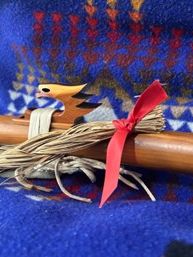
12. Window Rock (Window Rock, Arizona, U.S.A., 1997)
In 1997, after two years of studying the history, cultural, and community forces that impacted Navajo Nation Schools, I student-taught at what was then called Kayenta Bureau of Indian Affairs Board School. I was again in over my head with this student teaching assignment. I was asked to teach Navajo Government, Foreign Countries, and Arizona State History while emphasizing the language arts.
Knowing the history of settler-colonization of many Native American tribes, and specifically the Navajo, I struggled at first to figure out how to teach the Navajo Government. Then I found textbooks written by Navajo people (Rough Rock Press I recall) that clearly stated the government was set up to lawfully extract natural resources from the Navajo people and Navajo land. It was a critical and insightful look at Navajo history and government.
Our classes were in both Navajo and English. We focused on Navajo Leaders of the Past and Present in this course. I found ways to invite leaders from the local Chapter House and parents of students into the classroom to share their stories and their professions. My Navajo cooperating teacher, Ms. Young, and I organized a class trip to Window Rock to observe Tribal Council proceedings and to meet the then Navajo Nation President.
The geological formation, Window Rock, or Tségháhoodzání, is one of many natural wonders and cultural treasures of the Navajo Nation and the Southwest. It’s a place that holds stories. The place inspired this song. This recording was originally on our RhythmSpace 1999 CD recorded at Dave’s Recording Studio in Manitowoc, Wisconsin. I have carried this song for over 25 years.
